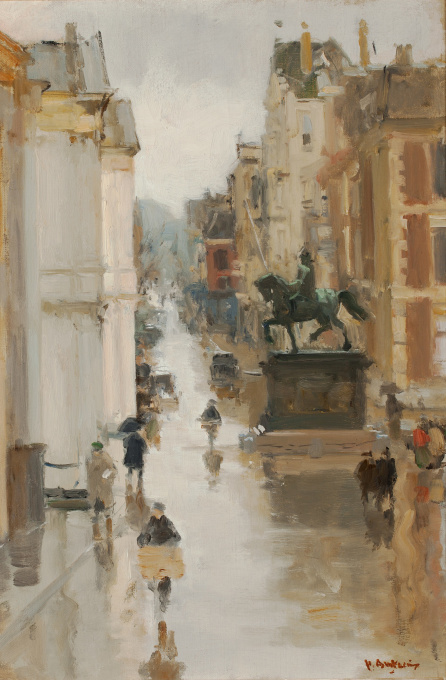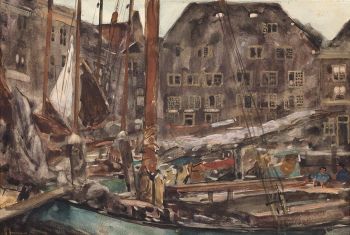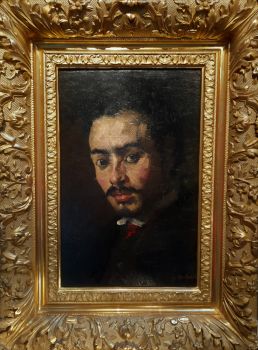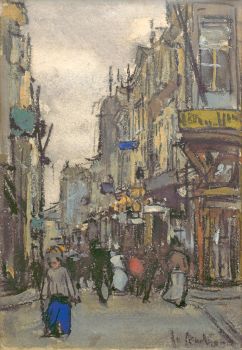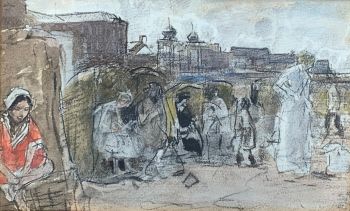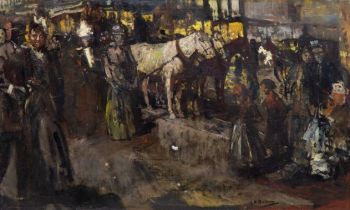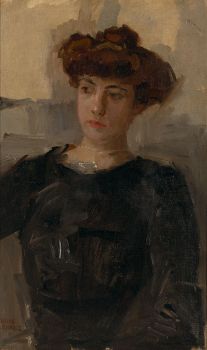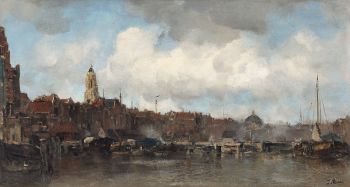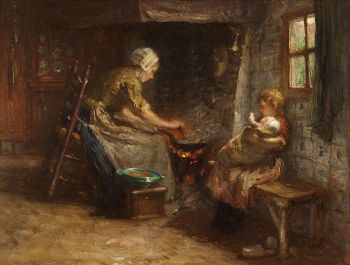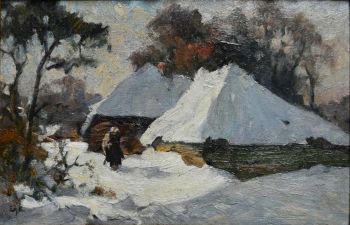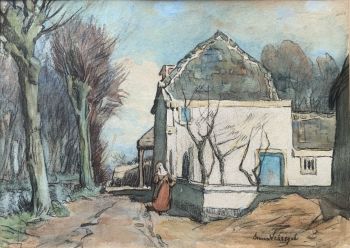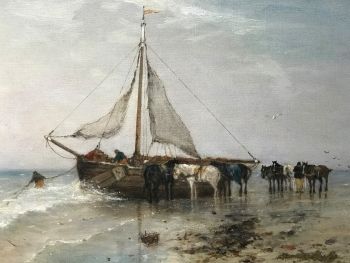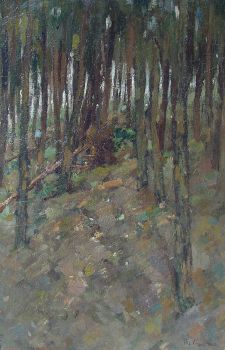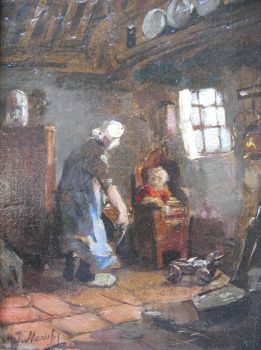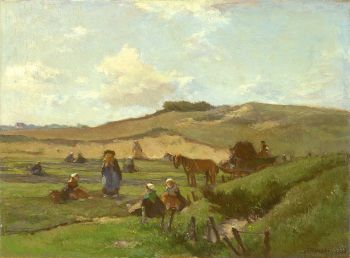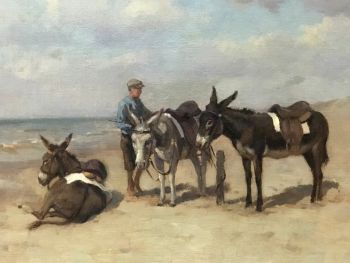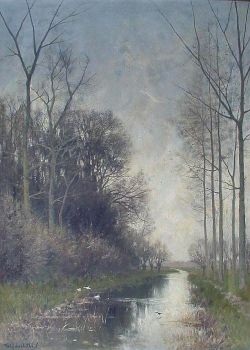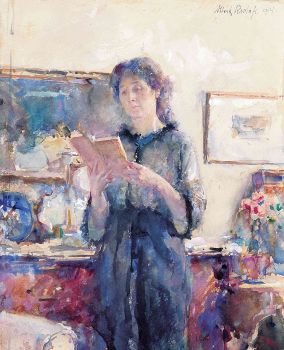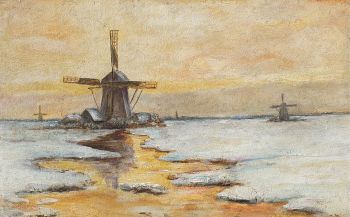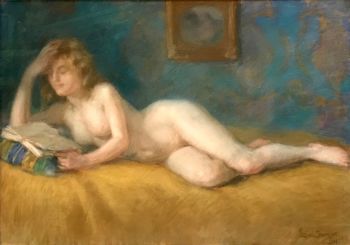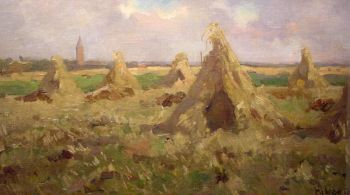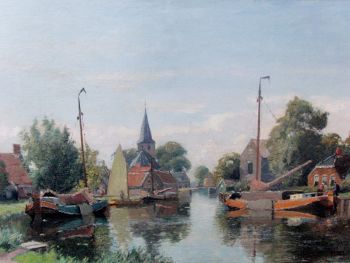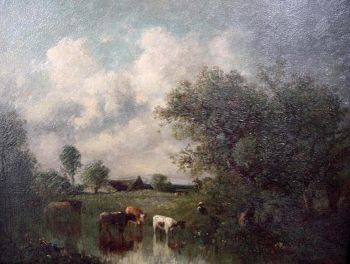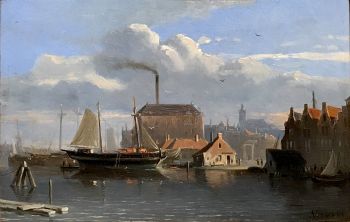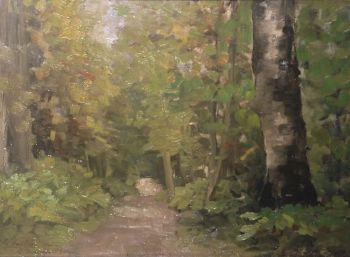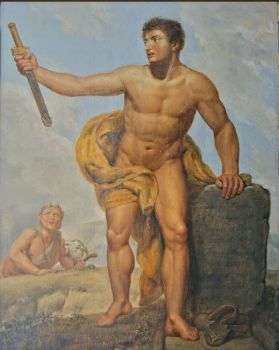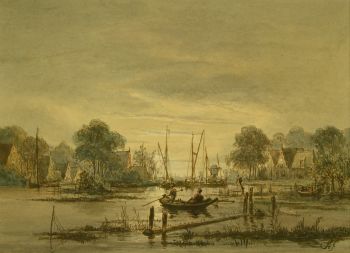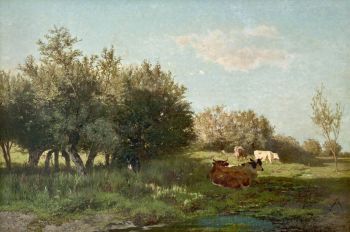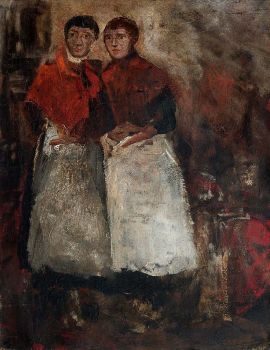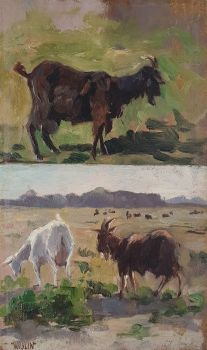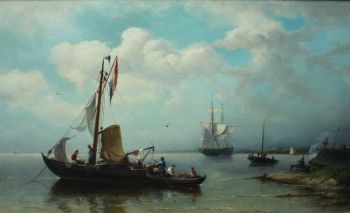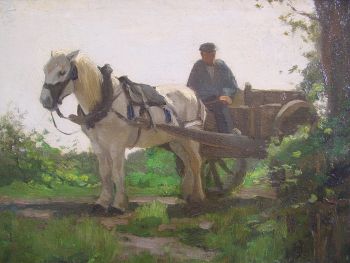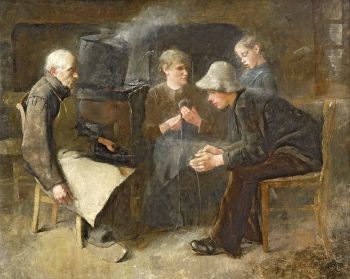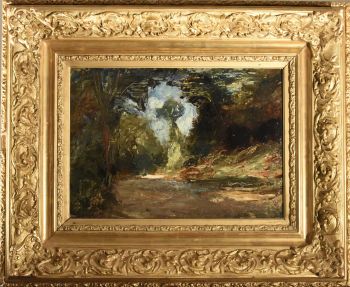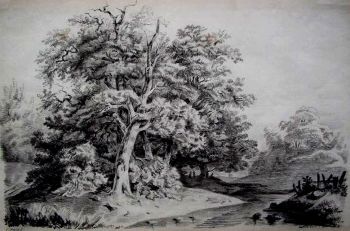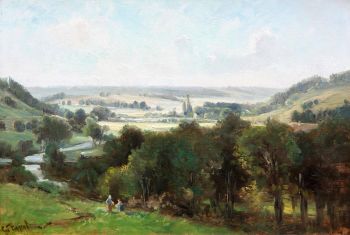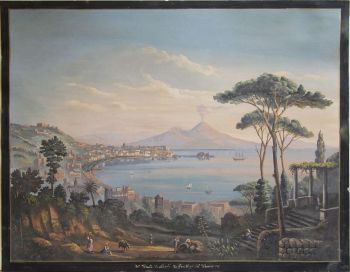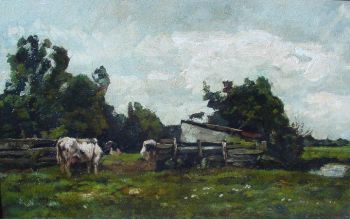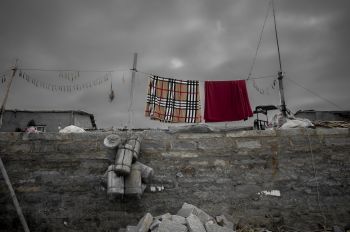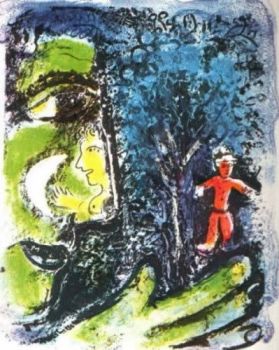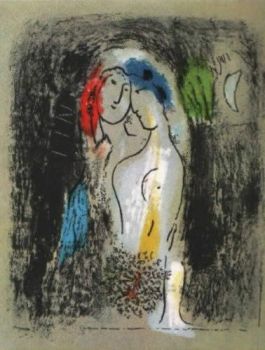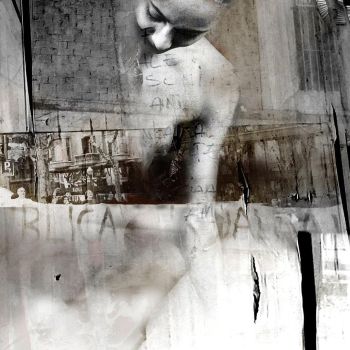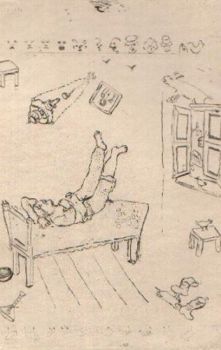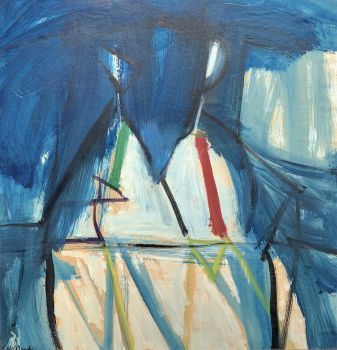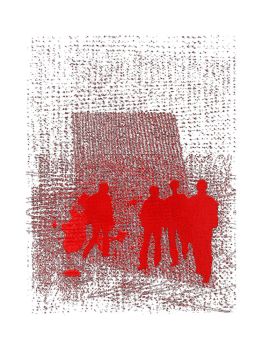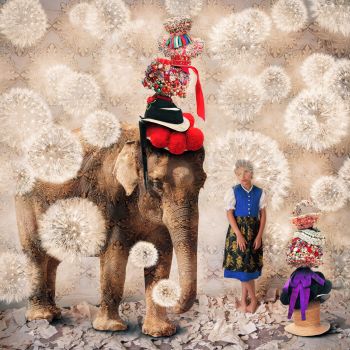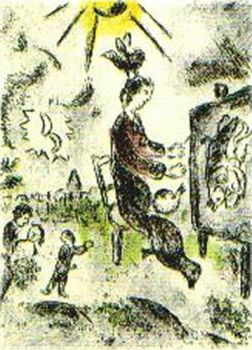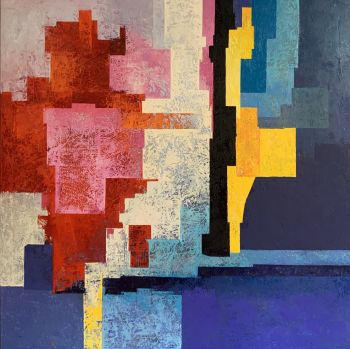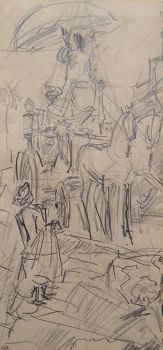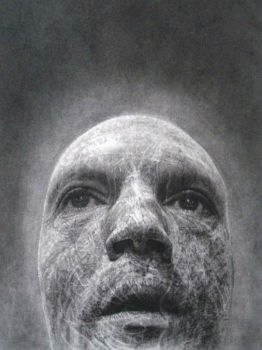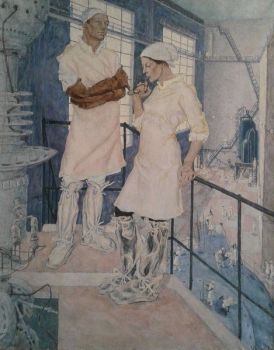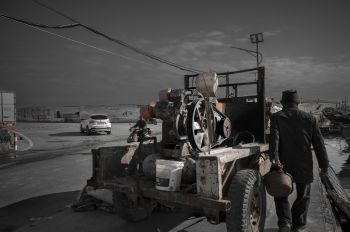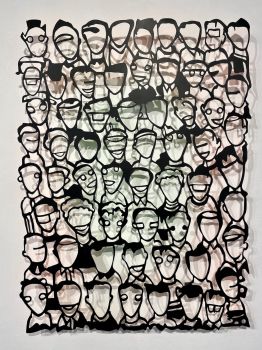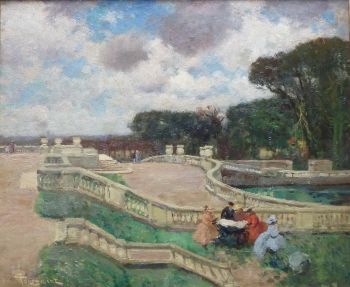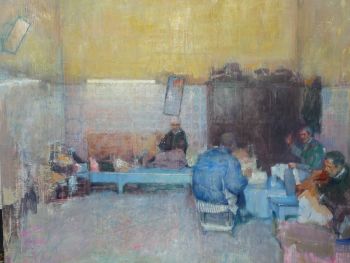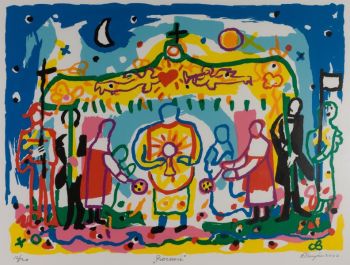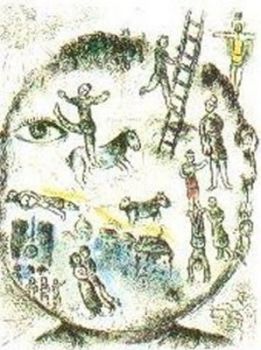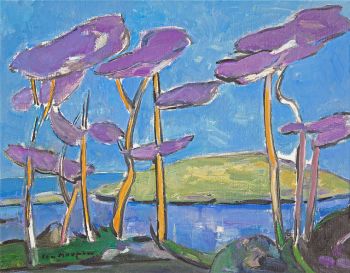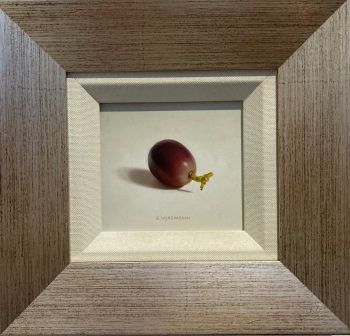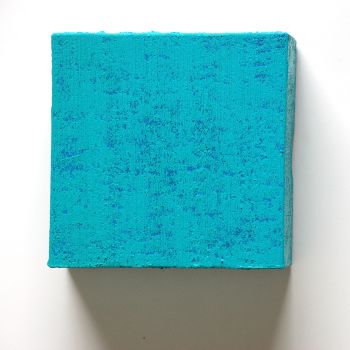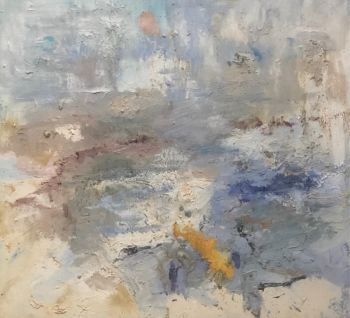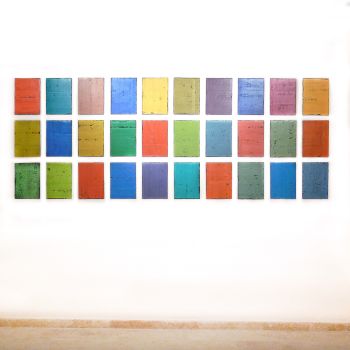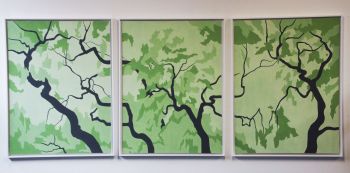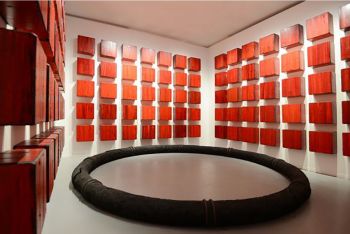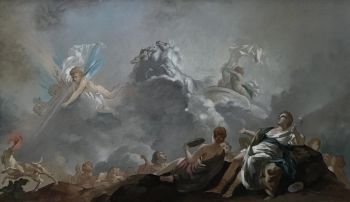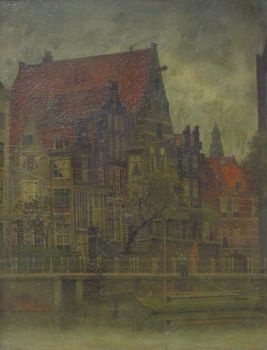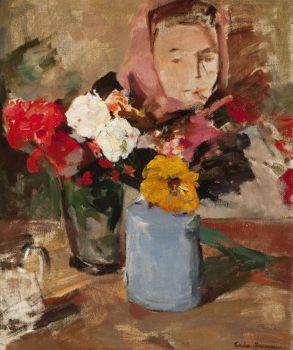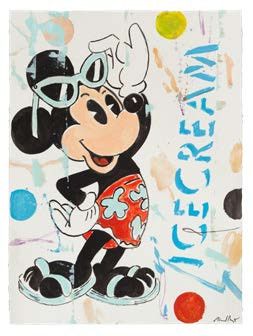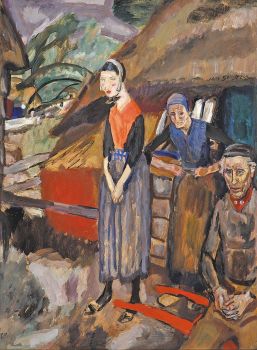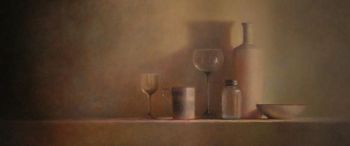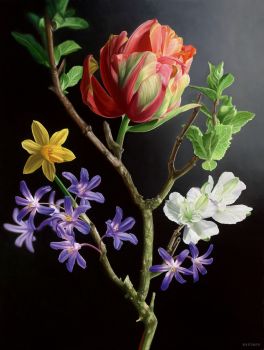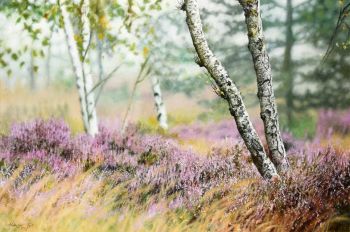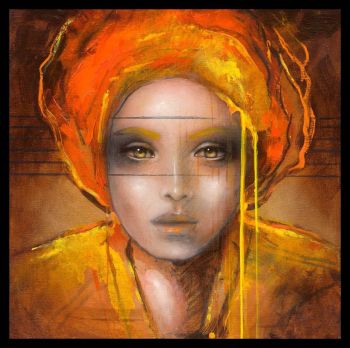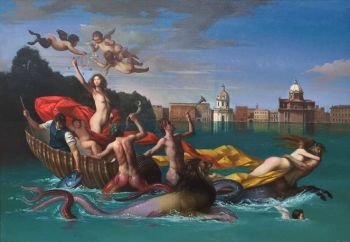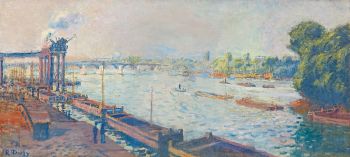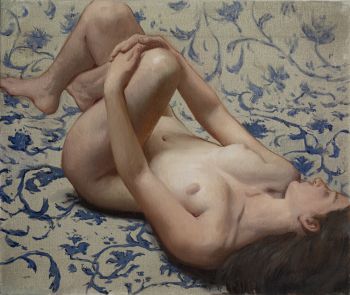A View of the Noordeinde, The Hague 1875 - 1925
Floris Arntzenius
LienzoPintura de aceitePintura
47 ⨯ 32 cm
Actualmente no disponible a través de Gallerease
- Sobre la obra de arteA view of the Noordeinde, The Hague
Floris Arntzenius (Surabaya 1864-1925 The Hague)
Signed: 'F. Arntzenius' (lower right) | oil on canvas
Pieter Florentius Nicolaas Jacobus Arntzenius (9 June 1864 – 16 February 1925) was a Dutch painter, water-colourist, illustrator and printmaker. He is considered a representative of the younger generation of the Hague School.
In 1882 he became a student of Frederik Nachtweh, under Nachtweh's supervision he gained admission to the Rijksacademie van Beeldende Kunsten. During his time at the Rijksacademie, from 1883 to 1888, his teachers included August Allebé and Barend Wijnveld, and amongst his fellow students were Isaac Israëls, George Breitner, Willem Witsen and Jan Veth. After his studies in Amsterdam he spent another two years at the Koninklijke Academie voor Schone Kunsten in Antwerp, studying under Charles Verlat.
Arntzenius was an accomplished artist. During his first years in The Hague, he painted landscapes in the typical Hague School style. Arntzenius later switched to mainly painting cityscapes and street scenes, just like Israëls and Breitner made in Amsterdam. Arntzenius' cityscapes were painted mainly in misty or rainy weather, he made use of these weather conditions to have his subjects be reflected on the wet asphalt.
This painting is a great example of his skills and shows he was a true master of the The Hague city views. - Sobre el artistaFloris Arntzenius se formó en la Rijksacademie, Amsterdam, junto con Isaac Israels, Willem Witsen y G.H. Breitner, cuyo estilo de pintura impresionista admiraba enormemente. Después de estudiar un año más en la academia de arte de Amberes, el pintor se concentró en hacer paisajes y escenas urbanas. Solo obtuvo un verdadero éxito con su trabajo cuando se mudó a La Haya y comenzó a pintar impresiones espontáneas de la bulliciosa vida de la ciudad, preferiblemente en condiciones de niebla o lluvia. Pintó paisajes, playas con figuras y también retratos.
Artwork details
Related artworks
- 1 - 3 / 3
Isaac Israels
"Een essayeuse bij het modehuis Hirsch"1865 - 1934
Precio a consultarStudio 2000 Art Gallery
Bernardus Johannes Blommers
Het bereiden van de maaltijd1870 - 1914
Precio a consultarStudio 2000 Art Gallery
Aris Knikker
Riverview with a village (Kortenhoef, Netherlands)1887 - 1962
Precio a consultarKunsthandel Pygmalion
Johannes Evert Akkeringa
'Nettenboetsters' in the Dunes1861 - 1942
Precio a consultarStudio 2000 Art Gallery
 curada por
curada porDanny Bree
Fredericus Jacobus van Rossum du Chattel
Poldervaart in the Vecht river region1899 - 1901
Precio a consultarKunsthandel Pygmalion
Herman Bogman jr.
Flower still life of a nasturtium in a blue vase1950 - 1965
Precio a consultarAdelwein Kunst
1 - 4 / 24Gerard Bilders
The 'Uiterwaarden' at Oosterbeek (flood plains)1861
Precio a consultarStudio 2000 Art Gallery
 curada por
curada porDanny Bree
Johannes Evert Akkeringa
'Nettenboetsters' in the Dunes1861 - 1942
Precio a consultarStudio 2000 Art Gallery
1 - 4 / 24- 1 - 4 / 24
- 1 - 4 / 24

